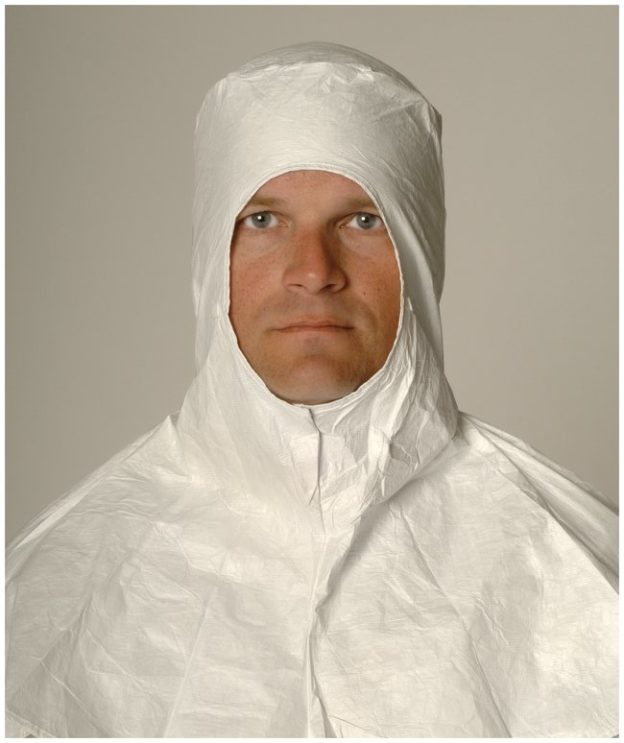About the Course
This course will provide the learner with the knowledge to properly garb for cleanroom entry in order to minimize the risk of contamination to the final compounded sterile preparations.
Target Audience
This course is designed for those working in a compounding controlled environment that need to understand how to do properly gown for operating inside the cleanroom.
Statement of Need
Technicians need to have an understanding of how to properly garb and operate inside a cleanroom to safely compound sterile preparations without increasing the risk of contamination.Learning Objectives:
At the conclusion of this activity, pharmacists should be able to:
- State 3 behaviors or habits that are prohibited while in the cleanroom
- Discuss what dictates the level of garb worn for compounding
- Discuss the maximum number of hours hazardous gowns can be worn according to USP Chapter <800>
- List 3 often missed areas of the hand during hand sanitization
- Explain the reason for performing gloved fingertip and thumb sampling three times initially
At the conclusion of this activity, technicians should be able to:
- Discuss cleanroom best practices to minimize contamination
- Identify 3 components of garb that must be used in compounding sterile preparations
- Discuss the reasons why garb is necessary
- Explain the sequence for donning garb
- Discuss the garbing requirements for non-hazardous drugs (HD) and HD compounded sterile preparations (CSPs) and the differences in garbing
Faculty
Seth DePasquale, R.Ph., BCSCP
Faculty Disclosure
All planners, speakers, authors, and reviewers involved with content development for continuing education activities provided by Lyceum are expected to disclose any real or perceived conflict of interest related to the content of the activity. Detailed disclosures will be included in participant materials or given prior to the start of the activity.
The material presented in this course represents information obtained from the scientific literature as well as the clinical experiences of the speakers. In some cases, the presentations might include discussion of investigational agents and/or off-label indications for various agents used in clinical practice. Speakers will inform the audience when they are discussing investigational and/or off-label uses.
Content review confirmed that the content was developed in a fair, balanced manner free from commercial bias. Disclosure of a relationship is not intended to suggest or condone commercial bias in any presentation, but it is made to provide participants with information that might be of potential importance to their evaluation of a presentation.
Course Content
About Instructor



